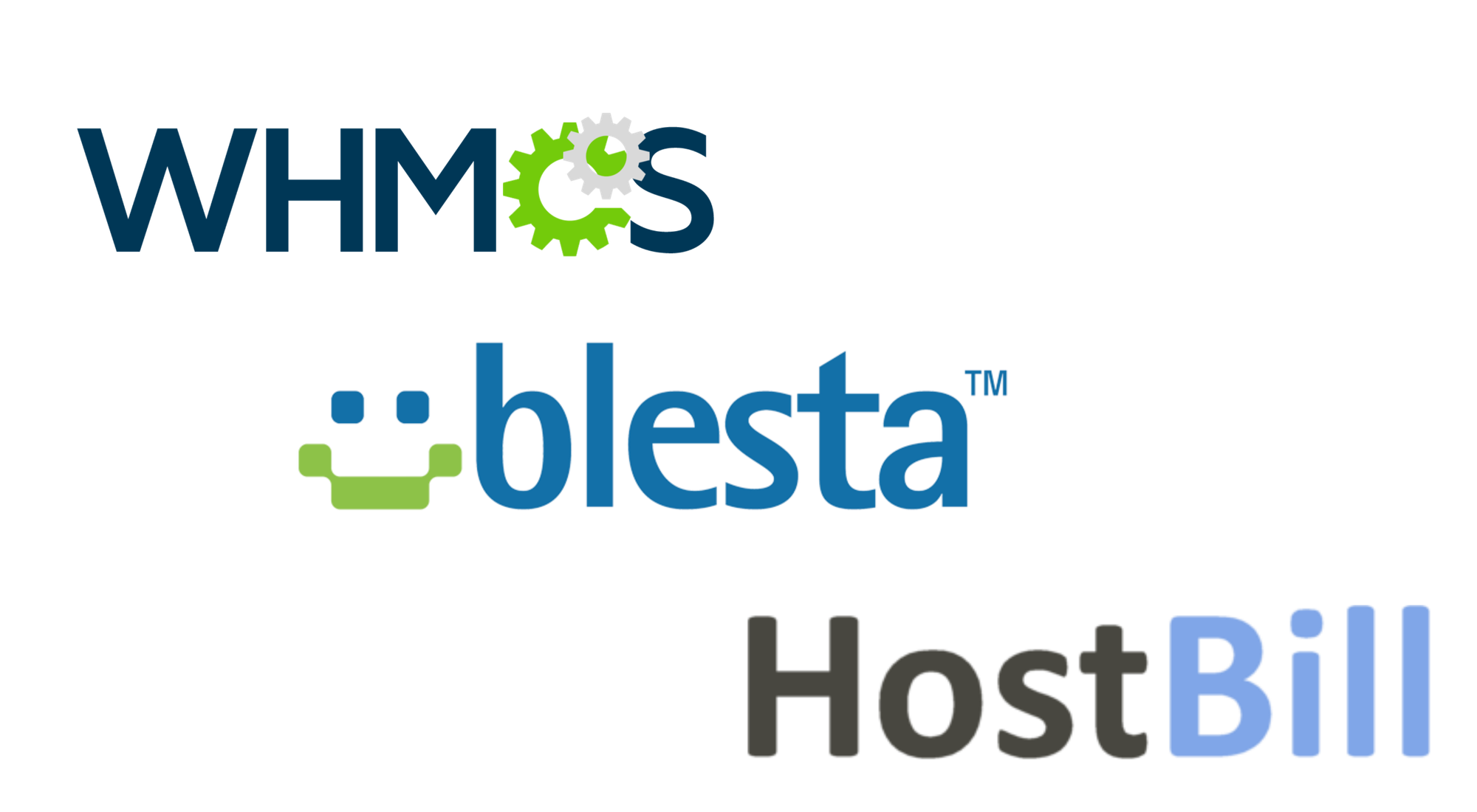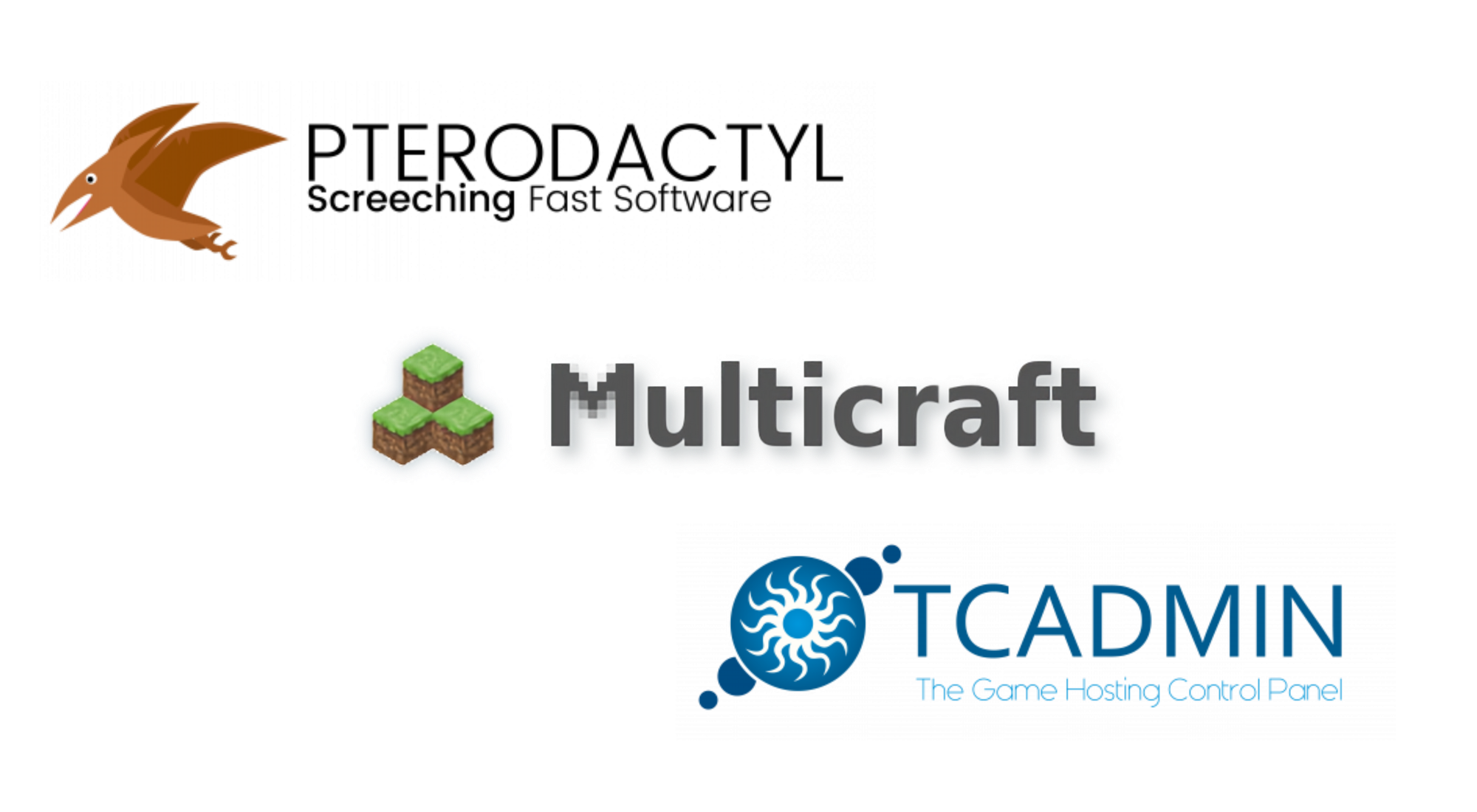Building the Future, One Challenge at a Time

Traditional Game Server Hosting: A Patchwork of Tools
When it comes to traditional game server hosting, many providers rely on a combination of different software solutions to manage billing, server deployment, and user interaction. This disjointed approach can often lead to a fragmented user experience. Let's break down some of the key tools used by traditional hosting companies:
1. Billing Management Software:
- WHMCS: WHMCS (Web Host Manager Complete Solution) is a widely used billing and client management tool. It helps hosting companies automate recurring billing, handle customer support tickets, and manage client accounts. While it is versatile, it is primarily designed for general web hosting services, not game hosting specifically.
- Blesta: Similar to WHMCS, Blesta is another billing management tool. It offers invoicing, payment processing, and account management features. Like WHMCS, it’s a great fit for traditional hosting services but lacks the specific functionalities gamers need for real-time server monitoring and scaling.
- HostBill: Another player in the billing software field, HostBill offers a highly customizable platform for managing clients, invoices, and services. However, just like the others, it requires integration with separate server management software to create a cohesive hosting environment.

2. Server Management Software:
- Pterodactyl Panel: Pterodactyl is an open-source server management tool that allows administrators to control game servers across multiple machines. It is a popular choice for game server hosting companies, but it requires additional software for billing and client management, making it far from a complete solution.
- Multicraft: Multicraft is another server management panel designed for managing Minecraft servers specifically. While it is a reliable and trusted tool, it focuses on just one game, limiting its flexibility for hosting companies that need to manage servers for multiple game titles.
- TCAdmin: TCAdmin is a more versatile control panel designed for managing various game servers. While it provides solid functionality, it often feels outdated and lacks the level of automation and scaling that modern gamers expect.

The Problem:
Each of these tools serves a specific purpose, but they were not designed to work seamlessly together. Hosting companies often integrate them manually, leading to a fragmented experience for both the provider and the user. This can result in inefficiencies, higher costs, and a more complex system to maintain. Worse still, gamers may find it difficult to manage their servers as they jump between billing portals, control panels, and support systems.
Building the Future of Game Server Hosting: Overcoming the Challenges
At Serverwave, we’re laying the groundwork for the future of game server hosting, but building a platform of this magnitude isn’t without its challenges. As we continue developing Serverwave, creating an all-in-one solution that integrates billing, server management, and resource monitoring requires overcoming significant technical, operational, and strategic hurdles. Here’s a look at some of the difficulties we’ve faced—and how they’re shaping the platform to become the game-changing solution we envision.
1. Developing an Integrated System from Scratch
Most traditional hosting providers rely on a combination of third-party tools like WHMCS or Pterodactyl to handle billing and server management. While these solutions get the job done, they are often disconnected from each other, resulting in a fragmented experience. Instead of going down that path, we’ve committed to building a fully integrated system that handles everything in one place.
This approach has presented its own set of challenges:
- Custom Billing System: Developing a dynamic, usage-based billing model—where users are charged in real-time for the resources they actually consume—requires an advanced backend infrastructure. As we continue refining this system, we’re focused on ensuring that it’s accurate, scalable, and, above all, transparent.
- Proprietary Control Panel: Creating our own control panel that seamlessly manages server creation, billing, and scaling is no small feat. We’re continuously working on implementing new technologies to improve the functionality of the control panel.
- Security and Privacy: Developing a secure platform from the ground up has been one of our top priorities. Ensuring that user data is protected, financial transactions are secure, and the platform is safeguarded from attacks requires significant resources and expertise.

2. Meeting Gamers' High Expectations
Our goal is to provide a hosting solution that truly caters to gamers, but that means understanding and meeting the high standards the gaming community holds for performance, reliability, and ease of use. Developing a platform that lives up to these expectations requires continuous iteration and improvement.
Here’s what we’re working on to ensure we meet those needs:
- High Performance: Gamers expect smooth, uninterrupted gameplay, and that means minimizing downtime and server lag. We’re designing our infrastructure to handle spikes in activity and resource demands, ensuring that performance remains optimal.
- User-Friendly Interface: While powerful, our control panel needs to remain easy to use. We’re testing and refining the design to ensure it’s intuitive and allows users to manage their servers effortlessly, even if they don’t have extensive technical knowledge.
3. Building Proprietary Technology
Choosing to build everything ourselves, rather than relying on existing tools, has been key to our vision—but it also comes with the responsibility of developing, maintaining, and continually improving proprietary technology.
Some of the ongoing challenges include:
- Constant Development: As we build and test Serverwave’s features, we’re committed to maintaining a rapid development pace while ensuring that the platform remains stable and secure. Every new feature, update, or adjustment requires extensive testing to ensure it integrates seamlessly.
- Infrastructure Scaling: When the closed beta launches, we will test the full functionality of the seamless scaling of our infrastructure to support growing demand. This requires ongoing investment and optimization to handle larger loads while maintaining performance and stability.
4. Balancing Innovation with Stability
Innovating in the game server hosting space means constantly pushing boundaries, but with that comes the need to ensure that everything we build is reliable. As we continue developing Serverwave, finding the right balance between cutting-edge features and stability is an ongoing process.
Every new addition to our platform undergoes extensive testing before it’s released, and while it’s challenging, it’s necessary to ensure we deliver a product that gamers can trust. Innovation is important, but not at the cost of stability or user experience.
Conclusion: Building the Future, One Challenge at a Time
Serverwave is still in development, and while the road hasn’t been easy, the challenges we’ve faced are helping us create a platform that’s truly innovative. We believe that the future of game server hosting requires more than just patching together existing tools—it requires building something new, something better.
Though our service is not publicly available yet, our ongoing development and upcoming closed beta are laying the foundation for a platform that will offer gamers unprecedented control, flexibility, and cost-efficiency. The difficulties we’ve encountered along the way are shaping Serverwave into the future of game server hosting—and we’re excited to share that future with you soon.
Sign up for the closed beta @ https://www.serverwave.com/


